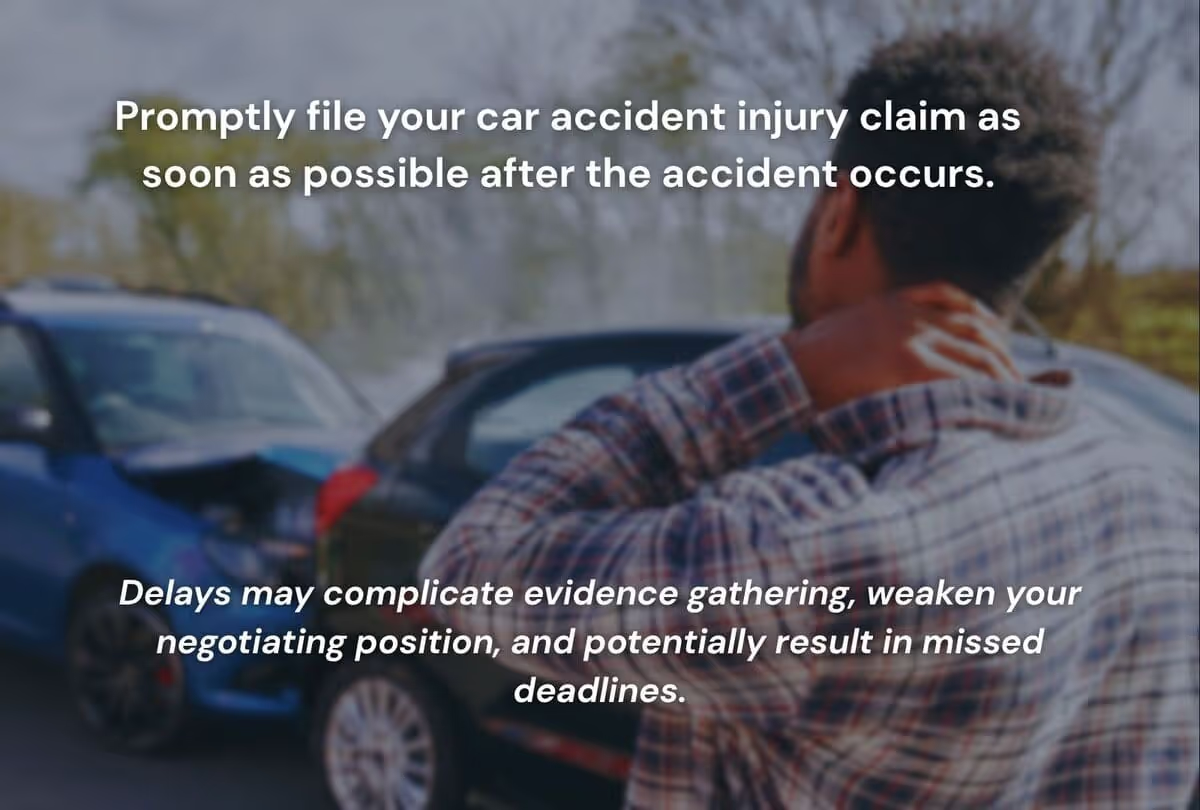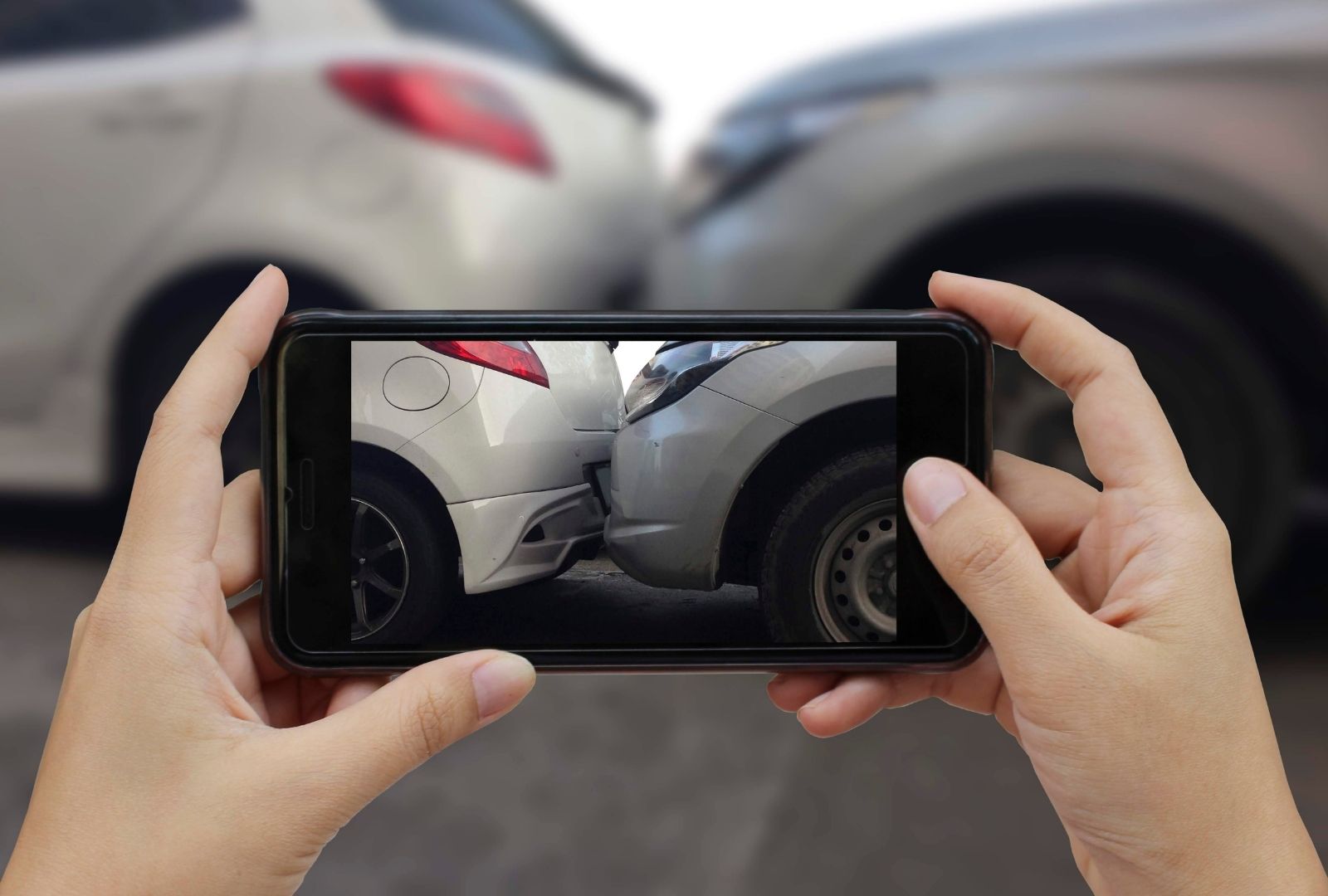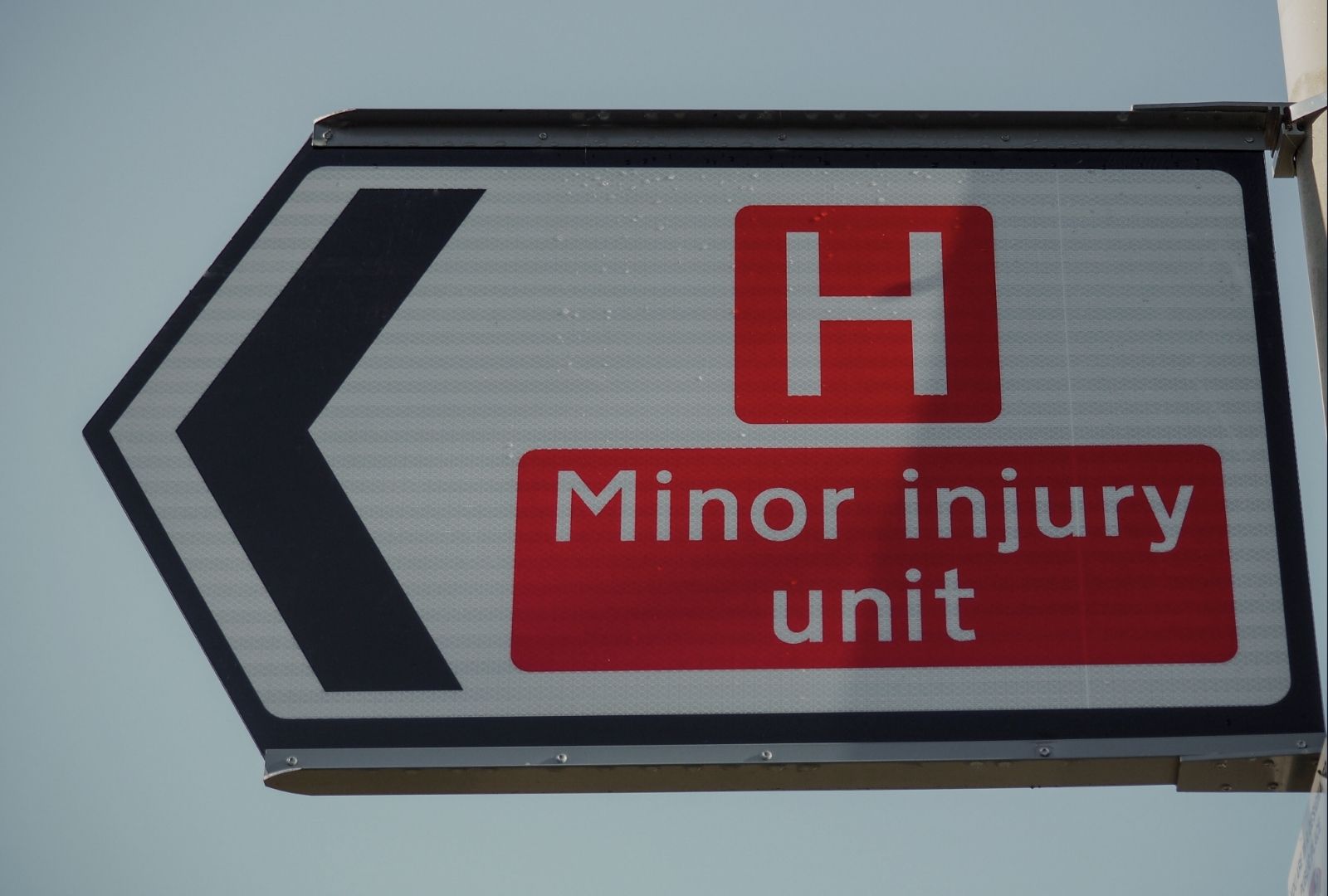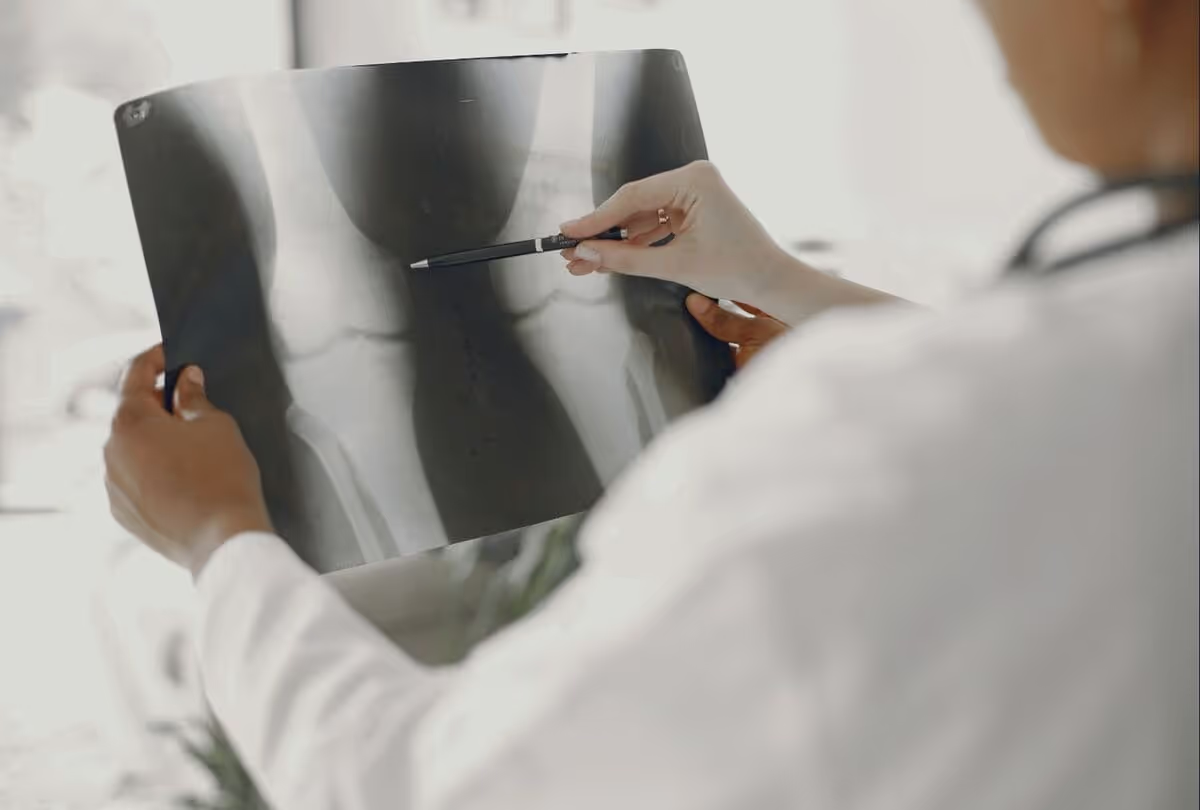Filing a car accident injury claim involves reporting the incident, gathering evidence, communicating clearly with insurance companies, and potentially seeking legal assistance to maximize compensation. Properly filing your car accident injury claim ensures you receive fair reimbursement for medical expenses, lost wages, property damage, and other losses.

This step-by-step guide provides clear instructions on filing your claim efficiently and effectively.
Step 1: Seek Immediate Medical Attention
After a car accident, immediately seek medical evaluation—even if injuries initially seem minor. Prompt medical care is essential for your health and also provides documentation necessary for your claim.
- Visit an emergency room or urgent care immediately following the accident.
- Obtain thorough medical documentation detailing your injuries and treatment recommendations.
Step 2: Document the Car Accident Scene
Accurate documentation strengthens your car accident injury claim. Gather comprehensive evidence at the scene:
- Take clear photographs of vehicle damage, injuries, license plates, and road conditions.
- Collect names, contact information, insurance details, and statements from all involved parties.
- Obtain contact information and statements from any witnesses present.
- Request a copy of the police report, which includes crucial accident details and initial assessments of fault.
Step 3: Notify Your Insurance Company
Report the accident promptly to your insurance company—ideally within 24–48 hours. Timely notification helps facilitate a smooth claims process.
- Clearly describe the incident using factual statements.
- Avoid admitting fault or providing speculative information.
- Request clarification of your insurance policy's coverage details.

Step 4: File the Official Car Accident Injury Claim
To formally initiate your car accident injury claim, complete the required claim forms provided by the insurance company. Typically, you’ll need the following:
- Date, time, and exact location of the accident.
- Details of injuries sustained and medical treatments received.
- Documentation of property damage (photos and estimates).
- Police report number and officer contact information.
- Witness statements and contact information, if applicable.
Carefully complete all forms to prevent delays or disputes during claim processing.
Step 5: Keep Organized Records of All Expenses and Communications
Maintaining detailed records helps substantiate your claim and ensures accurate compensation for your losses.
- Save all medical bills, prescription receipts, therapy invoices, and transportation costs.
- Document any lost wages with payroll statements or employer letters.
- Maintain detailed notes of conversations and written communications with insurance representatives.
Step 6: Work with the Insurance Adjuster Carefully
Insurance adjusters assess your car accident injury claim to determine settlement offers. Interacting cautiously helps protect your claim value:
- Provide accurate, factual answers without volunteering unnecessary details.
- Avoid recorded statements without legal representation.
- Do not accept the initial settlement offer without evaluating whether it fully covers your expenses.
Step 7: Consider Consulting with a Car Accident Attorney
Consulting a qualified car accident lawyer, especially for serious injuries or complex cases, significantly increases the likelihood of obtaining a fair settlement. An attorney assists by:
- Evaluating your claim thoroughly.
- Negotiating with insurance companies effectively.
- Ensuring you do not miss important deadlines.
- Protecting your rights throughout the claims process.
If you've experienced serious injuries, consider speaking with a car accident attorney early in your claim process to maximize your potential settlement.
Step 8: Negotiate or Settle Your Car Accident Injury Claim
The insurance company's initial offer is often negotiable. If the offer is insufficient:
- Provide clear, well-documented evidence justifying higher compensation.
- Request explanations for settlement calculations from the adjuster.
- Negotiate calmly and professionally, referencing concrete facts and expenses.
Your attorney can significantly strengthen your negotiation position, particularly when disputes arise over the settlement amount.
Step 9: Finalize Your Settlement Agreement
Once you agree on the settlement terms, carefully review the agreement before signing. Ensure the settlement covers:
- Medical expenses (past and anticipated future costs).
- Lost income and loss of earning capacity.
- Property damage and other losses.
- Pain, suffering, and emotional distress, if applicable.
After signing, you typically waive your right to pursue additional claims related to this accident. Be certain the settlement fully compensates you for your losses before finalizing.
Related Information to Strengthen Your Car Accident Injury Claim
Beyond these primary steps, several closely related topics can enhance your understanding and increase your claim's success:
- Understanding the Car Accident Claim Process: What Victims Need to Know: Gain deeper insights into how insurers evaluate claims and the common pitfalls to avoid.
- How to Maximize Car Accident Settlement Amounts After an Injury: Discover effective strategies to increase your settlement value, including gathering evidence and managing negotiations.
- How a Witness Statement Can Strengthen Your Car Accident Case: Learn the critical role witnesses play in substantiating your claims of fault and injury severity.
Including information from these resources improves your claim preparation, helping you secure appropriate compensation.
When Should You File Your Car Accident Injury Claim?

Promptly file your car accident injury claim as soon as possible after the accident occurs. Delays may complicate evidence gathering, weaken your negotiating position, and potentially result in missed deadlines, causing your claim to be denied.
Typically, filing your injury claim within a few days of the accident optimizes your chances of a favorable outcome.
Conclusion: Successfully Filing Your Car Accident Injury Claim
Carefully following this step-by-step guide ensures you file your car accident injury claim properly and efficiently. Seek immediate medical attention, thoroughly document evidence, communicate cautiously with insurers, and consider professional legal support when needed.
By understanding the entire process clearly and adhering closely to each step, you maximize your chances of obtaining fair and full compensation following a car accident injury.


























































